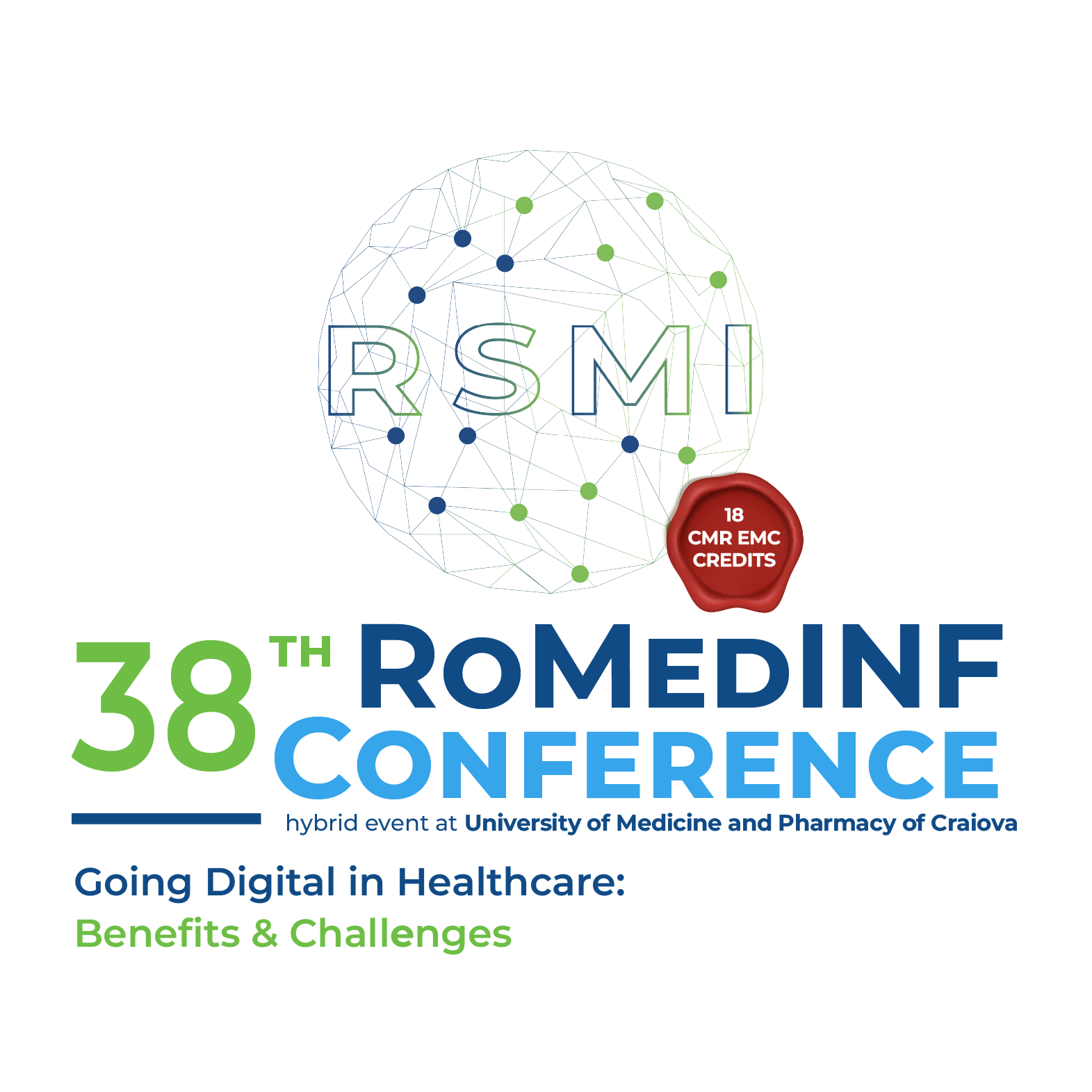Immunocite-Derived Ratios Can Preoperatively Predict the Risk for Surgical Complications when Artificial Neural Networks Are Used for Analysis
Keywords:
Artificial Neural Network, Biomarkers, Inflammation, Prognostic FactorsAbstract
This study aimed to comparatively evaluate the prognostic preoperative utility of key peripheral blood components and their derived ratios—the systemic immune-inflammation index (SII), neutrophil-to-lymphocyte ratio (NLR), lymphocyte-to-monocyte ratio (LMR), and platelet-to-lymphocyte ratio (PLR)—in conjunction with artificial neural network analysis for predicting adverse postoperative outcomes in patients with colorectal cancer. A retrospective analysis was conducted on 288 patients who underwent elective radical surgery for colorectal cancer over the past seven years. Preoperative values of SII, NLR, LMR, and PLR were assessed in relation to postoperative complications, with particular emphasis on their predictive accuracy for anastomotic leakage. A feed-forward fully connected multilayer perceptron (MLP) network was trained and tested alongside conventional statistical methods to evaluate the predictive performance of these biomarkers in terms of sensitivity and specificity. Statistically significant differences and moderate correlations were identified for SII and NLR in predicting the incidence and severity of anastomotic leakage and postoperative complications. In contrast, no significant associations were observed between LMR, PLR, and these outcomes. The MLP network demonstrated superior predictive performance, yielding higher sensitivity (0.81 ± 0.06; 0.77 ± 0.03; 0.69 ± 0.11) and specificity (0.82 ± 0.13; 0.68 ± 0.05; 0.9 ± 0.07) across all evaluated tasks. These findings suggest that preoperative SII and NLR serve as modest prognostic indicators for anastomotic leakage and overall postoperative morbidity. Furthermore, the application of artificial neural networks enhances predictive accuracy in preoperative risk assessment for both overall morbidity and anastomotic leakage rates.
Downloads
Published
How to Cite
Issue
Section
License
Copyright (c) 2025 Stefan PATRASCU, Georgiana-Maria COTOFANA-GRAURE, Mircea-Sebastian ŞERBĂNESCU, Valeriu SURLIN

All papers published in Applied Medical Informatics are licensed under a Creative Commons Attribution (CC BY 4.0) International License.

